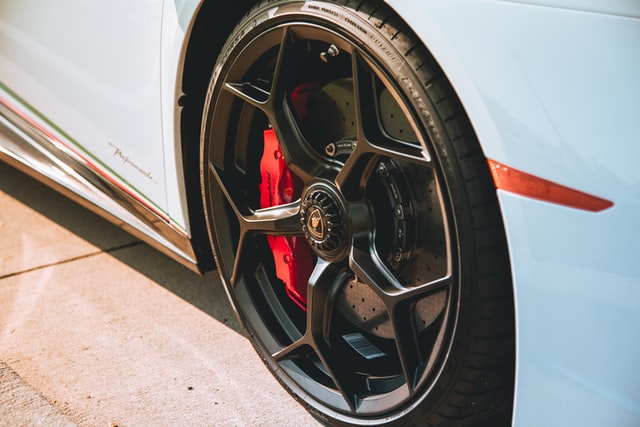The brake calipers control how tightly the brake pads fasten around the wheel disc so that you can safely and safely stop. Over time, the calipers may rust or get stuck in place, which may freeze the brakes or squeaks when using them. How to change a brake caliper?
In general, brake calipers are very reliable and, fortunately, require replacement much less often than pads and discs, but if you need to change them, here’s how!
There are many different types of brakes, but in most cases cars are equipped with sliding single piston calipers, which are usually mounted in the same way. The caliper is connected to the bracket, which is connected to the car’s hub. Although the calipers can be replaced individually, the pads and discs must always be replaced in pairs along the entire axis.
Is changing the brake caliper difficult?
Replacing the brake caliper on most vehicle models is a fairly simple repair. You can do this design at home with popular tools. However, especially if your car is equipped with ABS, you need to take some precautions. But do not worry. In this guide, you’ll learn how to approach this project at home, and regardless of whether your car has a conventional or ABS system, the steps you need to take to ensure a smooth repair of the brake caliper.

How to change the brake calipers?
- Remove the wheel
Safely raise the car and turn the lever until the wheel you want to remove falls off the ground. Place a jack under the car so that it is secured in place.
Remove the wheel to reveal the brake calipers that you need to replace. First loosen the wheel nuts that hold the wheel in place. If it is difficult to loosen the nuts, first spray them with lubricant, then firmly grasp the tire with both hands and pull it off the screws that secure it in place.
- Pry up the clamp
After removing the tire, you will see a brake disc, which is a flat round metal disc behind the wheel. The clamp is a piece of metal that clamps on both sides of the rotor disc. Loosen the 2 screws on the back of the clamp.
First try to pry the brake caliper with a flat screwdriver. Then, still using the screwdriver, pry up the brake pad caliper. Two brake pads are attached to each caliper.
- Remove and check the brake pads
Each caliper includes two rectangular flat brake pads, usually held in place with clips or pins. Pull them straight out of the caliper support and check the thickness of each brake pad. As a rule of thumb, if they are less than 0.25 inches or 0.65 cm thick, they should be replaced to ensure safe braking while driving.
- Remove the clamp bracket
Loosen the two screws on the back of the clamp bracket. After loosening the first screw, hold the clamp handle in place by hand to avoid slipping. After unscrewing both screws, carefully remove the caliper support from the brake disc.
- Clean the fastening screws and install a new thread lock.
Before reinserting the screws, we must clean them and apply a new thread lock. Spray the brake cleaner onto it and use a wire brush to clean the threads thoroughly. Make sure they are completely dry before applying a new thread lock.
- Install new clamp and fasten.
Start with the top screw and tighten it a few turns. This will help align the bottom screw hole.
- Tighten the fixing screws
with the correct torque specification. The specifications vary by car, but the specifications can be found online or in the vehicle repair manual.












